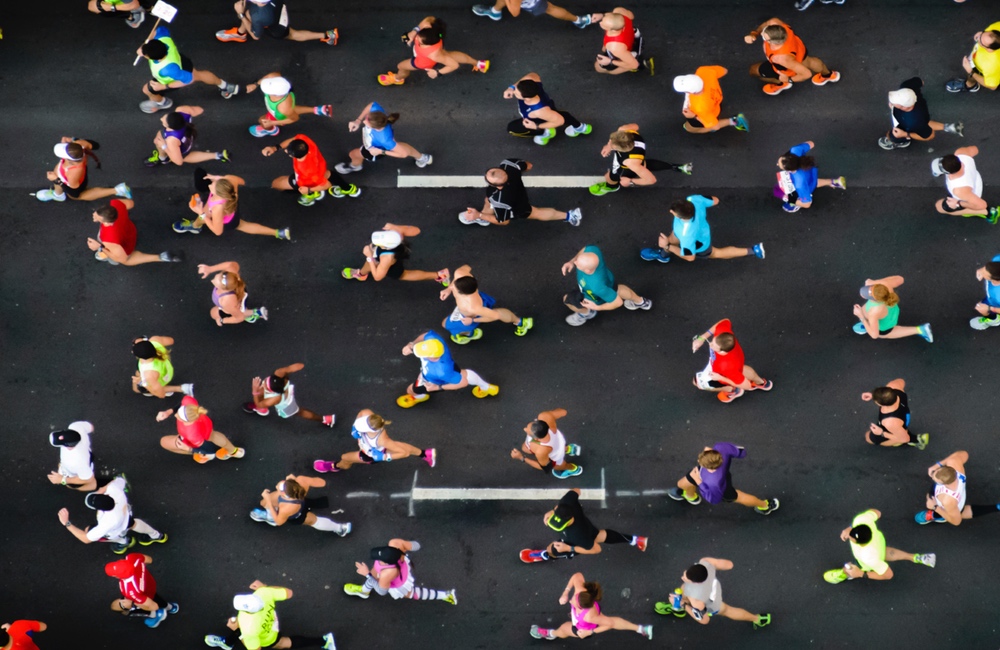Many studies have found that more physical activity lowers the risk of depression, but it wasn't clear if it was that physical activity reduced the risk of depression, or if being depressed made people less physically active. A novel technique may have answered this question. It offers evidence how physical activity prevents depression.
Mendelian randomization uses variations in genes, gene variants, to study the effects of non-genetic factors on inherited traits. The approach gives researchers the ability to study the relationship between depression and exercise in more detail. It also makes clear that if levels of trait A affect levels of trait B, but levels of trait B do not affect levels of trait A, trait A causes trait B, and not vice versa.
That clarity could be a game changer. “Knowing whether an associated factor actually affects an outcome is important because we want to invest in strategies that really work,” Karmel Choi, lead author on the study, told TheDoctor.The relationship between activity and depression appears to be a one-way street, with exercise preventing depression but not the other way around.
Choi and her colleagues identified two gene variants to examine, based on data from two large genome-wide association studies — GWAS — on 143,000 people with and without major depressive disorder (MDD). The studies also provided the self-reported physical activity of 377,000 participants and more objective data from accelerometer readings of another 91,000 people.
When it came to the more subjective measure of self-reported physical activity, the team found no relationship between how much exercise a person said they did and major depressive disorder.
Physical activity may boost mood and protect against depression in several ways, said Choi, a clinical and research fellow at the Harvard T.H. Chan School of Public Health. Exercise has been linked to the release in the brain of “feel good” hormones called endorphins; it also reduces systemic inflammation and improves the degree to which stimulation of the vagus nerve helps the body relax, both of which have been linked to depression. Getting out and pursuing enjoyable meaningful activities can improve mood and prevent social isolation.
The study and a related editorial are published in JAMA Psychiatry.





